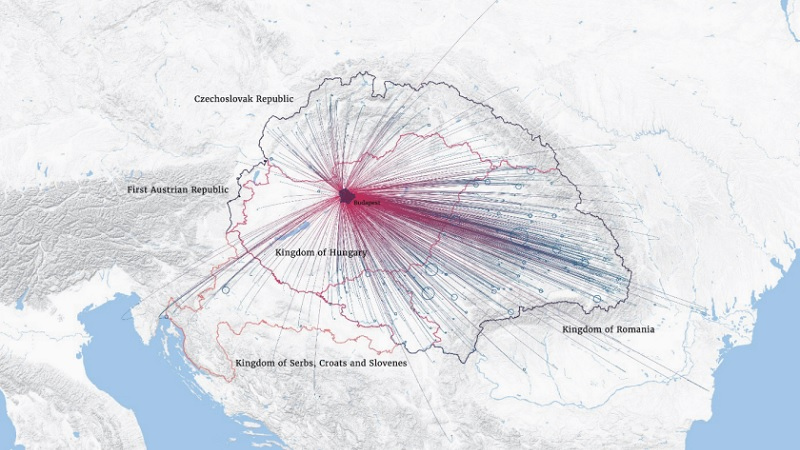"‘Trianon refugees’ refers to those who moved from the territories occupied during the 1918–1920 ‘change of empire’ toward the interior of Hungary. In a narrower sense, this includes forced refugees (Kovács 1989), and in a broader sense, everyone who left their original place of residence in the hope of a better livelihood and a higher quality of life. World War I refugees are treated separately from Trianon refugees, given that they had left their homes earlier, that is, not as a result of the change of empire, even if they would not return home later because of it. In the strictest sense, ‘Trianon refugees’ is typically but not exclusively used to mean native Hungarian speakers and does not include those who moved from the remaining territory of Hungary to that of any of the successor states. The main reason for this is the problem of statistical tracing of refugees, but new research is already moving in this direction (Bereznay 2020, Elekes–Szilágyi 2020, Hajdú 2020, Kókai 2020, Pénzes 2020, Szilágyi–Elekes 2020)."
Gábor Koloh's paper summarises the knowledge on the number of Trianon refugees and argues that one do not and will not have the opportunity to determine this number with approximate accuracy. Furthermore, it sums up the experience of the county archives and reflects on the administrative burden of Hungary’s administrative offices in the country in 1919–1920.
For the full text click here.
Cover image: Trianon refugees in Budapes (1918–1924). Source: Bátorfy, Attila – Szabó, Krisztián (2021): Befogadó Budapest: Magyar menekültek Trianon után, https://atlo.team/befogado-budapest/






